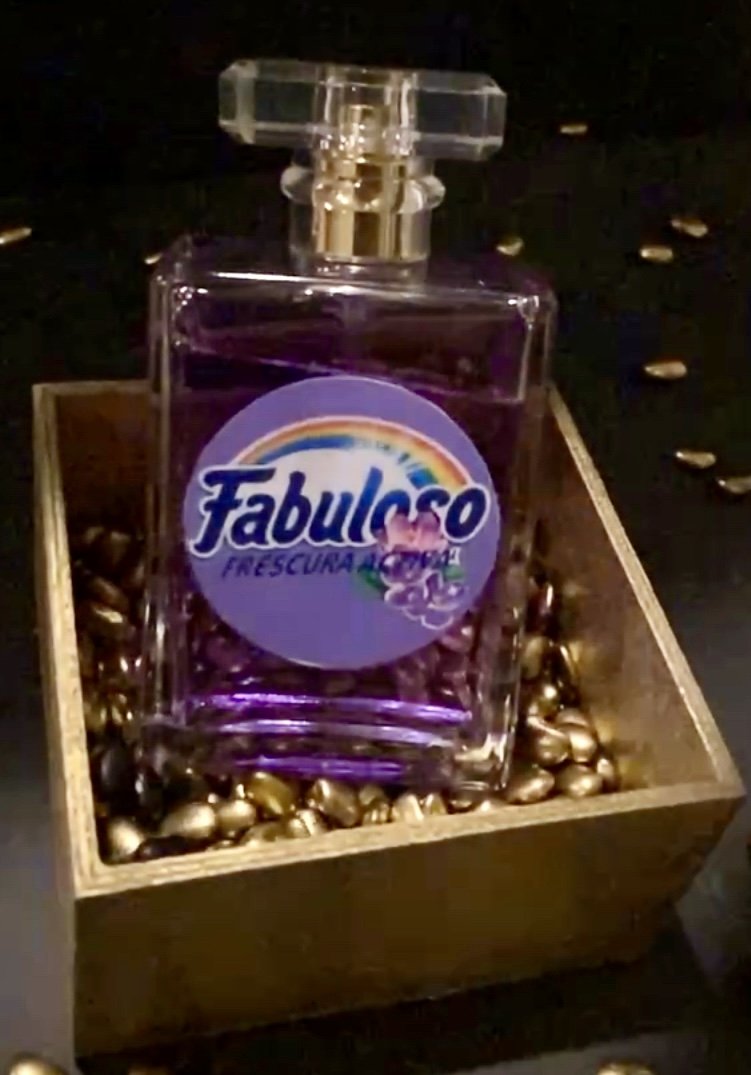Spanning more than a century and over half a million glass plates, the Harvard Plate Stacks is the largest historical record of the night sky. At a special event on Saturday, August 23, in connection with our current exhibition, Space Odyssey, Thom Burns (above), curator of the Harvard Plate Stacks, presented a lecture at the gallery examining the history and impact of this unparalleled astronomical photography collection.
Burns highlighted the essential but often overlooked contributions of the “Harvard Computers,” more than 200 women who analyzed, cataloged and interpreted the plates. Notable figures such as Williamina Fleming, Annie Jump Cannon, Cecilia Payne-Gaposchkin and Henrietta Swan Leavitt advanced star cataloging, distance measurement and astrophysical research that helped establish women’s work as vital to the legacy of modern astronomy and the collection itself.
“Harvard Computers” (c. 1890): Computationists with Williamina Fleming, first curator of the Astronomical Photographic Glass Plate Collection, standing right of center. Photo courtesy of the Harvard University Archive
Burns paid particular tribute to Henrietta Swan Leavitt, whose discovery of the period-luminosity relationship in Cepheid variables (Leavitt’s Law) transformed how astronomers measure distances in the universe and supported evidence for its expansion. The legacy of such work continues through projects like the Digital Access to a Sky Century initiative, which seeks to make every plate available to researchers and the public. Burns also described how the collection has served to provide inspiration to artists, referencing Lia Halloran’s cyanotype series honoring women scientists and Anna Von Mertens’s textile works in Measure, which reinterpret Leavitt’s astronomical discoveries as conceptual art.
Together these scientific and artistic legacies show that the Harvard Plate Stacks is a resource for astronomers and a wellspring of creative imagination, continually renewing the bridge between careful observation and cosmic wonder. Special thanks to Thom and assistant curator and archivist Lisa Bravata Hees for sharing this fascinating bit of history with us!
Plate MC27415 with notations by Muriel Mussells Seyfert regarding potential galaxies, including at center the great spiraling Andromeda. Photo courtesy of Harvard College Observatory
- Jim Kiely




































































